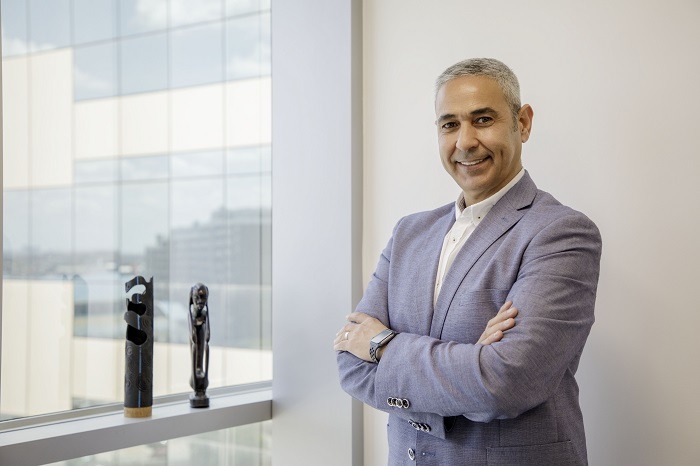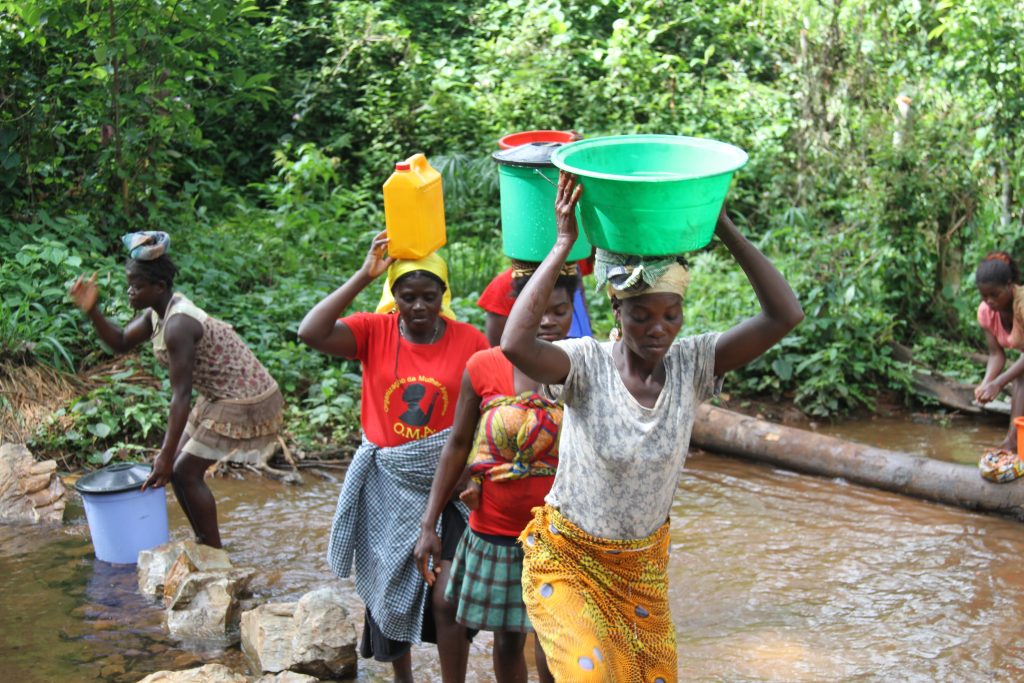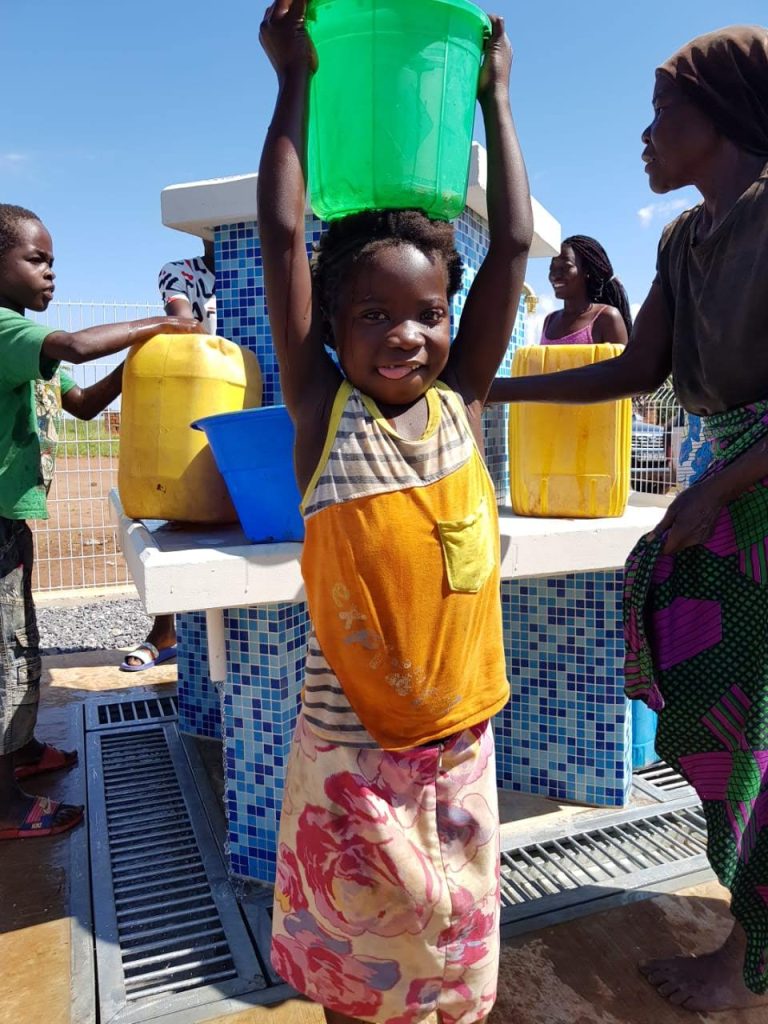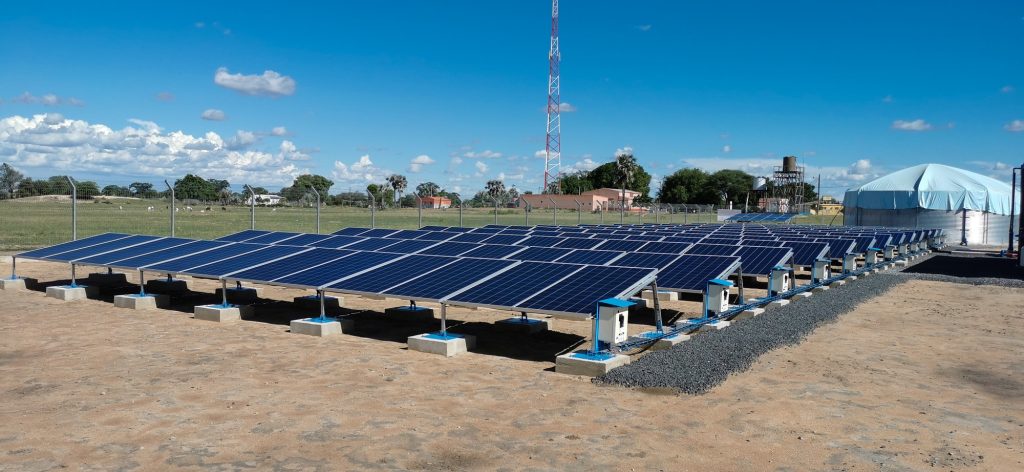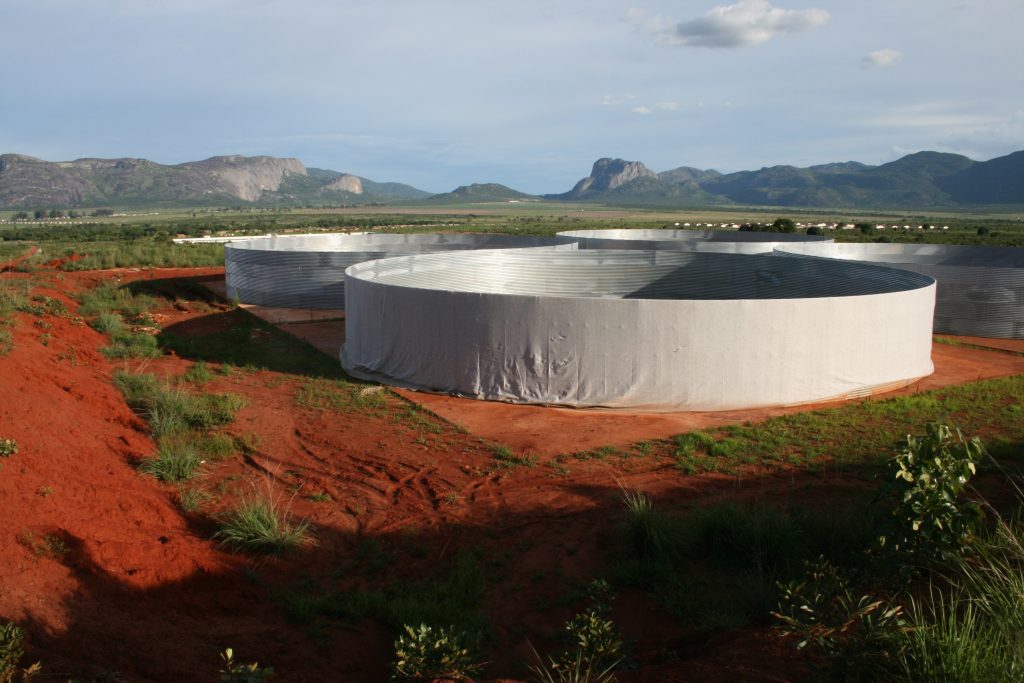On March 22 every year, the UN is marking World Water Day around the world, and we're proud to be working with governments and communities in sub-Saharan Africa to promote innovative water solutions.
Zafrir Vaknin Manager of Mitrelli subsidiary Owini, lead the Water for All initiative in Angola and wrote an article about Access to water in Africa, published in international media in english and portuguese.
From reducing water wastage to ensuring sustainable access to safe drinking water and sanitation, everyone must be involved in the efforts to tackle the global water crisis
“Be the change” is the motto of this year’s UN World Water Day, observed worldwide on March 22, and its objective is crystal clear: we must accelerate change to solve the water and sanitation crisis and encourage people to rethink their attitudes regarding the responsible use and consumption of water.
There are several challenges ahead. On the one hand, there is water wastage caused by excessive water use; on the other, sustainable access to safe drinking water and sanitation is still out of reach for many, with nearly a quarter of the world’s population affected. Despite the important steps that have been taken and the progress achieved, there is so much more to be done.
In Sub-Saharan Africa, only 39% of the population has water connected to their homes. More than 50% of Angolans do not have access to clean drinking water.
According to the UN, access to safe drinking water is a universal human right. Yet in Sub-Saharan Africa, only 39% of the population has water connected to their homes. In rural areas, this figure drops to a mere 19%. To take just one country as an example, more than 50% of Angolans do not have access to clean drinking water. I would venture to say that ensuring access for this population — keeping in mind the unique challenges of the region and the size of the territory — would take years even with unlimited resources.
Access to clean water and sanitation facilities has many positive domino effects, some less obvious than others. Health outcomes improve dramatically, with lower infant morbidity and a decline in parasitic diseases. If water is available nearer to a village, it frees up a significant amount of time for families to address other needs, such as education, work and childcare.
Safety is another concern, especially for women and children as they are usually the ones making the journey to their closest river, which is sometimes as far as four hours on foot. This means millions of people on the African continent have no choice but to face countless daily risks to meet a basic human need. Since getting clean, healthy water for their villages is vital, the long road must be walked again and again.
The main challenges in developing plans to address these issues range from the cost of the appropriate sanitation systems to sourcing sustainable materials. Since the ultimate goal is to ensure these populations will become self-sufficient in this area, the approach must be holistic and multi-pronged, working hand-in-hand with the local community.
I have personally witnessed the extent of the planning and dedication needed to enact such initiatives with Owini. Our 2021 Water for All project worked on infrastructure to provide improved access to potable water for 214 villages in Angola. Each stage of the project required an immense amount of manpower, funding, skills and diligence from people in many sectors, both local and international. To illustrate the scope, this project alone demanded conducting surveys to assess the existing situation, attracting talented engineers, organising the supply of materials and equipment, training local staff, developing awareness campaigns and more.
Likewise on the macro scale, solving these issues must, above all, rely on everyone’s involvement, collaboration and commitment — commitment that must not only aim to ensure access to safe drinking water and sanitation for the whole global community (and thus reduce inequalities), but also to avoid wasting water.
With the number of extreme weather events rising worldwide, water scarcity is predicted to hit areas that have never experienced it before — countries like France and the US are already reporting a worrying increase in droughts, for example. On the flipside, though agriculture and industry use by far the most fresh water, domestic water usage has shot up by an astonishing 600% in the past 50 years, with the average individual in Europe using about 150l of water per day (in Africa, that number can be as low as 47l).
Initiatives to lower water usage around the world have ranged from global projects such as those by UN-Water to local ordinances like short-term hosepipe bans and individual efforts to save water by fitting low-flow shower heads and spreading awareness. This demonstrates the effort required from all levels of society.
This crisis will affect us all, and it is therefore all of our responsibility to resolve it. Governments and policymakers, businesses and organisations, schools, families and individuals must come together to find and implement solutions.
